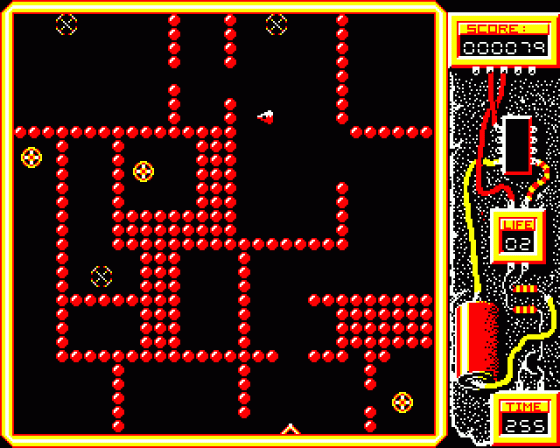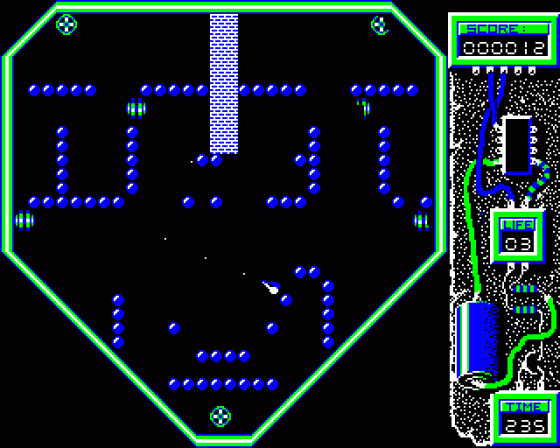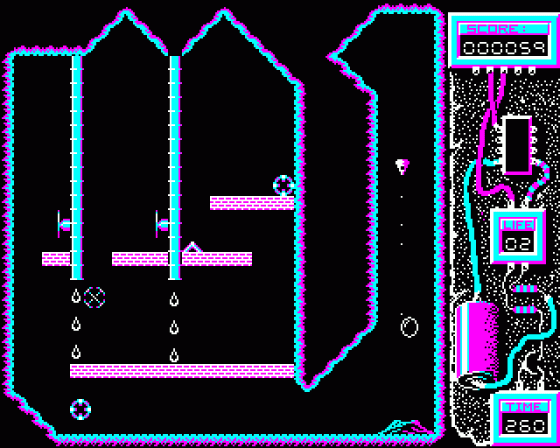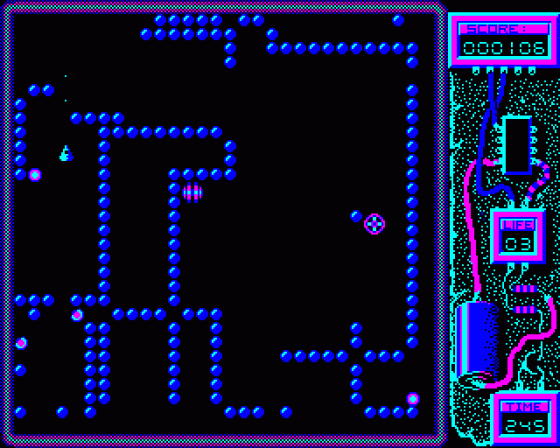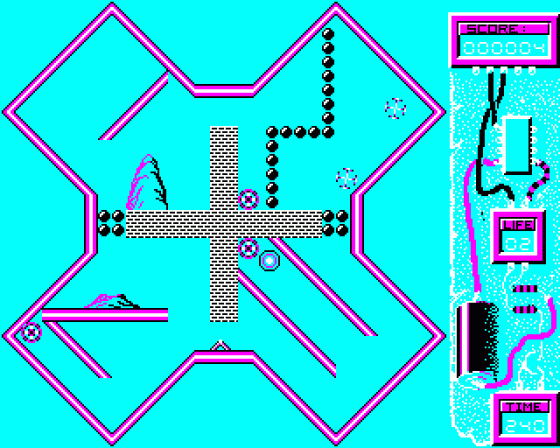Other Reviews Of Blast! For The BBC/Electron
Blast (Audiogenic)
Dynamic geology
Blast (Audiogenic)
A review by Brett Colley (A&B Computing)
Blast (Audiogenic)
A review by Sam Greenhill (Acorn User)
Games Review
This year sees the usual sprinkling of new games releases in time for the Christmas spending spree.


 1st January 1990
1st January 1990



